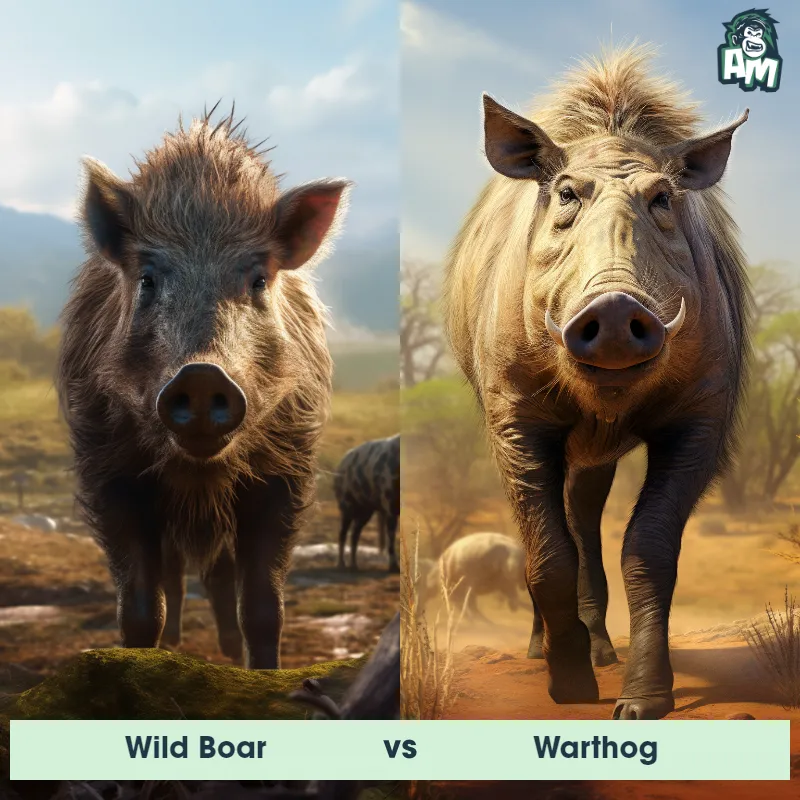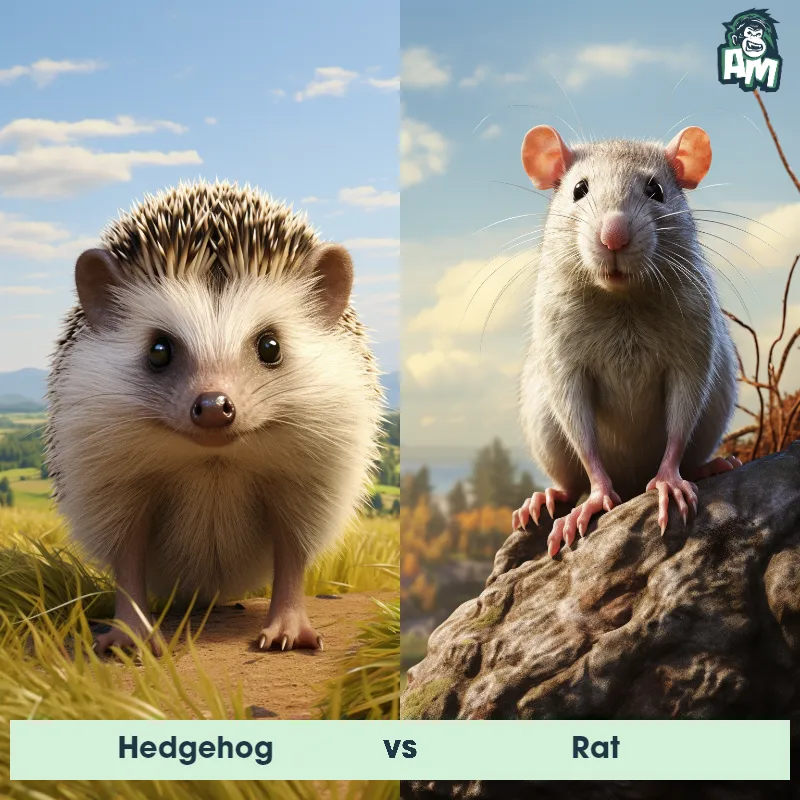Tiger vs HousecatSee Who Wins

Ladies and gentlemen, welcome to this thrilling matchup between two fierce feline competitors. In one corner, we have a majestic tiger, known for its raw power and agility. And in the other corner, we have a sprightly housecat, renowned for its cunning and quick reflexes. This is bound to be a clash of contrasting styles, so let's get ready to witness an extraordinary sporting event!
Contender 1: Tiger
The Tiger is a large and powerful big cat, known for its distinct orange coat patterned with black stripes, which are unique to each individual, much like a human fingerprint. Tigers have a muscular build, a heavy head with strong jaws, and a tail that is usually about half the length of their body. The largest species of the cat family, adult male tigers can reach up to 10 feet in length and weigh up to 660 pounds. Tigers are native to various parts of Asia and are adept swimmers, unlike most members of the cat family.
Fun Fact: Tigers are apex predators and primarily consume larger mammals for food, including deer and wild boar; a hungry tiger can eat as much as 60 pounds in one night.
Contender 2: Housecat
The Housecat, also known as Felis catus, is a small domesticated carnivorous mammal. These feline creatures are known for their graceful movements, sharp retractable claws, and keen senses of hearing and sight. They come in various colors and coat patterns, with some having short hair while others have long, silky fur. Housecats have a compact and muscular body, along with highly flexible spines that enable them to pounce and leap with incredible agility. These independent creatures are known for their grooming rituals and their ability to communicate using various vocalizations and body language.
Fun Fact: Housecats have a specific body posture known as the "Halloween Cat," where they arch their backs, puff up their tails, and raise their fur to appear larger and more intimidating when feeling threatened or scared.
Matchup Stats
| Tiger | Housecat | |
|---|---|---|
| Size | Up to 10 feet in length (3.05 meters) | Height: 9-10 inches (22-25 cm) |
| Weight | Up to 660 pounds (300 kilograms) | 8-10 pounds (3.6-4.5 kg) |
| Speed | 35-40mph (56-64km/h) | 30mph (48km/h) |
| Key Strength | Strong jaws and muscular build | Stealth and agility |
| Biggest Weakness | Limited endurance for long chases | Size and physical strength |
Current Votes
Tiger vs Housecat
See Who Wins
View More Matches
Looking For More?
Similar Matches
Scientific Stats
| Tiger | Housecat | |
|---|---|---|
| Scientific Name | Panthera tigris | Felis catus |
| Family | Felidae | Felidae |
| Habitat | Forests, grasslands, and swamps | Domestic, indoor environments |
| Geography | Asia | Worldwide, found in many countries |
| Diet | Carnivorous, primarily deer and wild boar | Carnivorous, primarily eat meat-based cat food |
| Lifespan | 15 years - 26 years | 12 years - 16 years |
Key Differences between Tiger and Housecat
- Facial appearance: Tigers have a noticeably large and round face with prominent whisker pads and piercing eyes. Housecats have a smaller face with relatively smaller eyes and less pronounced features.
- Coloration: While housecats have a wide variety of coat colors and patterns, tigers have a unique orange or reddish-orange coat with distinct dark vertical stripes that help them camouflage in their natural habitats.
- Ear shape: Tigers have rounded ears with a strong central ear spot that helps dissipate heat, while housecats have more triangular-shaped ears that are sensitive to sound and movements.
- Tail length: Tigers have a long and muscular tail that can measure up to 3 feet in length, which aids in balance and communication, while housecats have a proportionally shorter tail compared to their body length.
- Size: Tigers are significantly larger than housecats, with adult tigers weighing between 200-700 pounds and measuring around 10 feet in length, whereas housecats are much smaller, weighing on average between 5-20 pounds and measuring around 2 feet in length.
- Physical build: Tigers have a robust and muscular physique, built for strength and agility, with a large head and strong limbs, whereas housecats have a more slender and agile body structure with a smaller head in proportion to their body size.
































